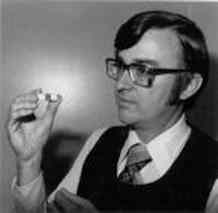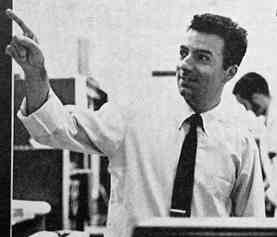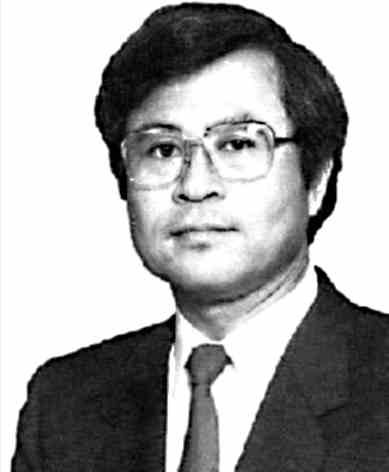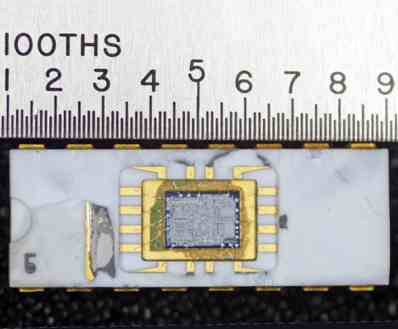| Birth of the Intel 4004 - the First Microprocessor |
| Written by Historian | |||
Page 1 of 2 The Intel processor has been the standard processor architecture for decades. It is tempting to think that all this was planned, but the true story is very different. After making a success in creating the market for DRAM Intel lost some of the ground to other semiconductor companies and, as we now know, the entire high volume memory industry would eventually be lost to the Far East where production costs were lower. This might have been the end of the growth of Intel, and perhaps even Silicon Valley, if it wasn’t for the next big thing that happened - the 4004, the first ever user programmable microprocessor. This achievement was due to the combined efforts of three men, Ted Hoff, Masatoshi Shima and Federico Faggin. Hoff, Shima and FagginTed Hoff joined Intel in 1968 as employee Number 12. In 1969 he was assigned to a project to build chips for a calculator design produced by the Japanese firm Busicom. The Busicom 141-PF. He was horrified by the complexity of their design - it had half a dozen chips with 3000-5000 transistors each and 36 to 40 pin packages.
Marcian Edward "Ted" Hoff
Hoff had been working with a Digital PDP-8 and was struck by the contrast between the two designs. The PDP-8 was simple and regular and yet it could do the same sums that the calculator was designed to do. He decided that he could reduce the random logic needed to implement the arithmetic by adding memory and making the device programmable. The design team settled on a 4-bit processor because this was ideal for working with BCD (Binary Coded Decimal) numbers. In BCD each digit in a decimal number is coded as four bits, i.e. 0000 to 1001, and arithmetic is carried digit by digit. It’s not as efficient as full binary but simplifies input/output because you don’t have to build a decimal to binary converter in hardware.
The original microprocessor - the 4004 from Intel
The Japanese company finally opted for Intel’s design for their calculator - four chips, the 4004 CPU, the 4001 control memory, 4002 Data storage unit and the 4003 bus expander. Although the name of the chip set was the MCS-4, in the history of computing it is more commonly known as the 4004.
The 4004
This 4-bit processor was difficult to build and little progress was made until Federico Faggin joined Intel in 1970. His initial encounter with Masatoshi Shima, the engineer from Busicom who had arrived from Japan to check the designs of the 4004 which was already supposed to be in layout got off to a shaky start, as Faggin later recalled: Masatoshi Shima: ―You bad! You bad! However, things turned out well and, working with Shima, Faggin got the chip set working in just nine months. The pair later went on to found Zilog with Shima responsible for the design of the Z80, and the Z8000 processors. Ted Hoff designed the logic of the 4004 but Federico Faggin did the implementation on a single silicon chip.
Federico Faggin (born December 1, 1941 in Vicenza, Italy)
Masatoshi Shima (born on August 22, 1943 in Shizuoka, Japan)
Faggin used silicon gate MOS to squeeze Intel's i4004 MPU into a 16-pin DIP cavity A short video in which Federico Faggin, the designer of the Intel 4004, looks at its history.
|
|||
| Last Updated ( Sunday, 05 January 2025 ) |







